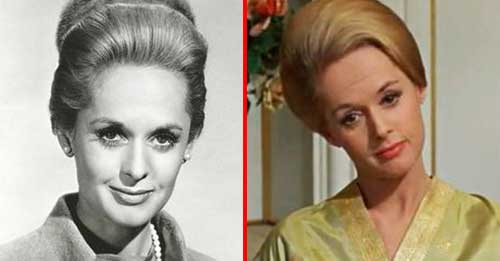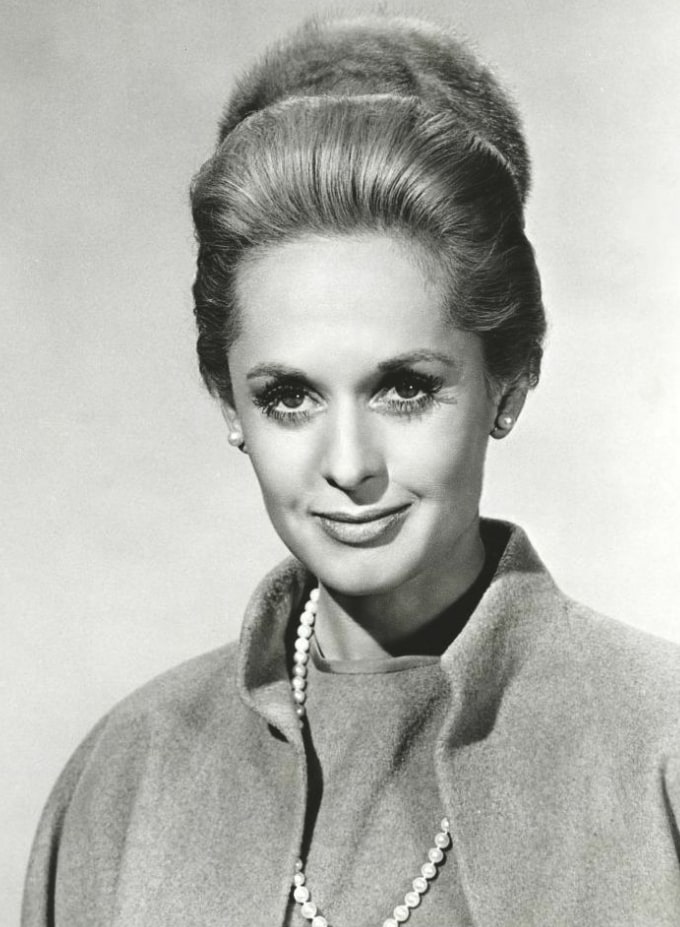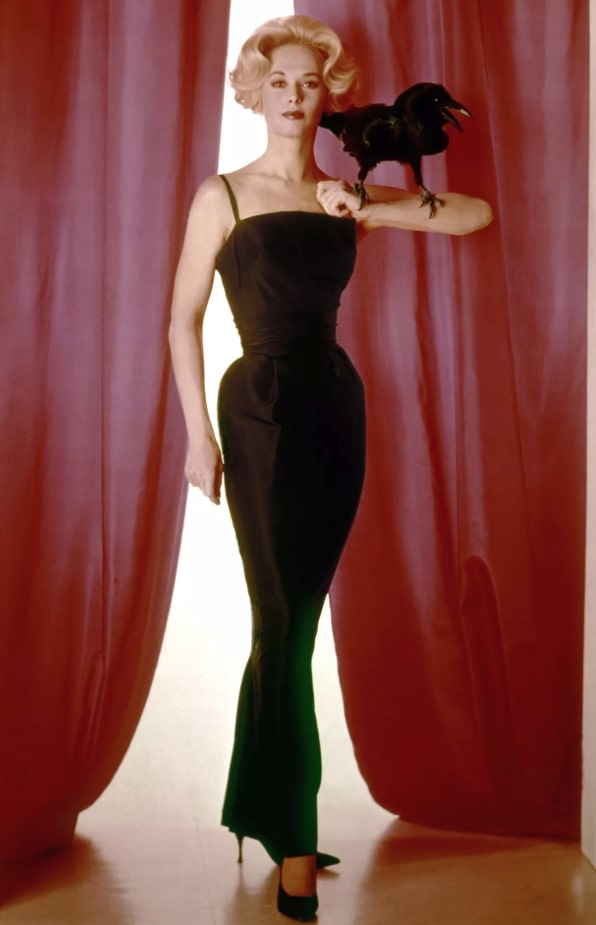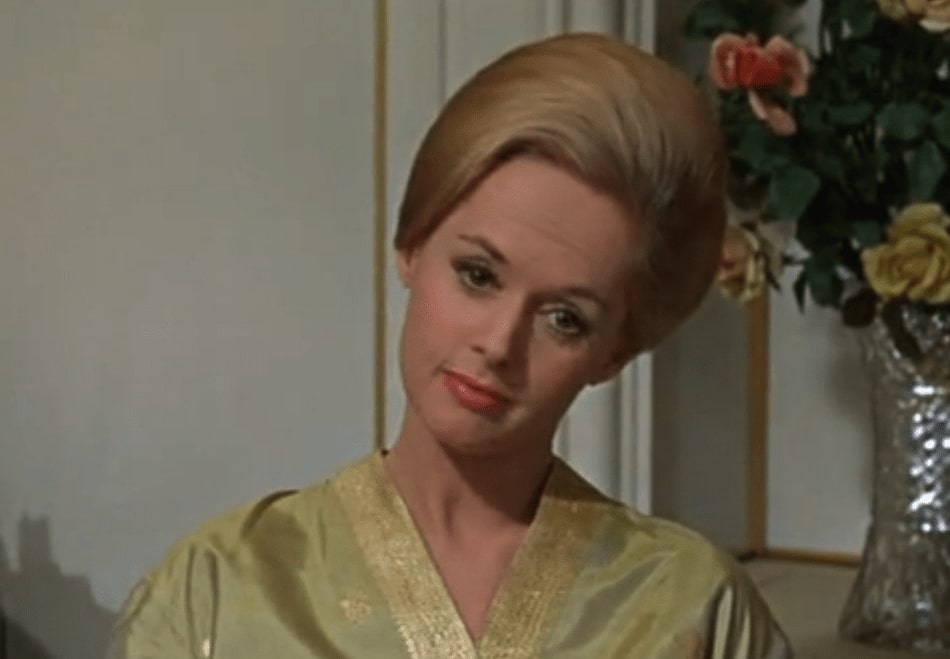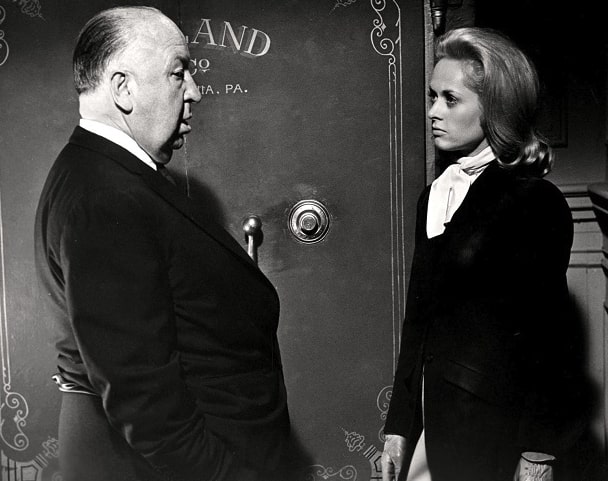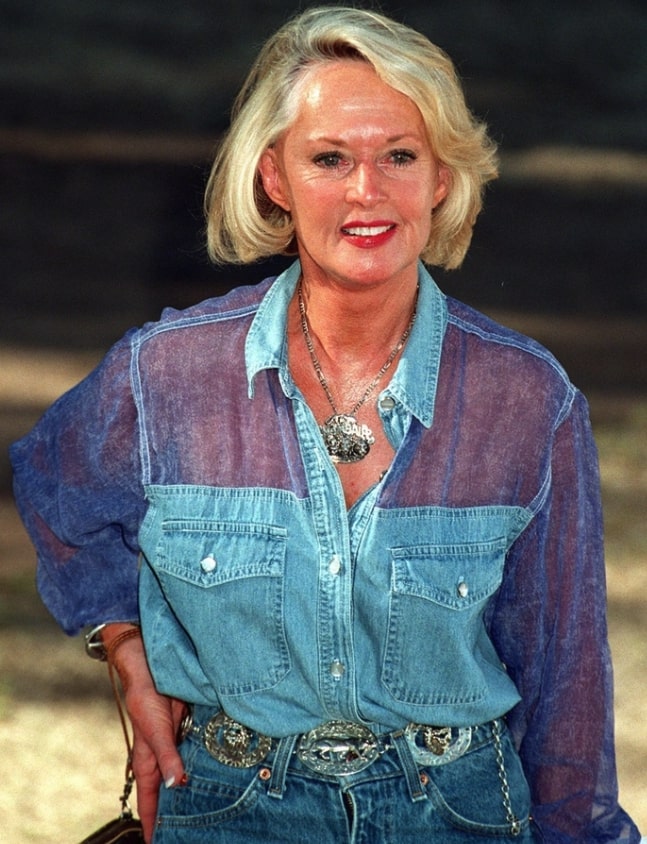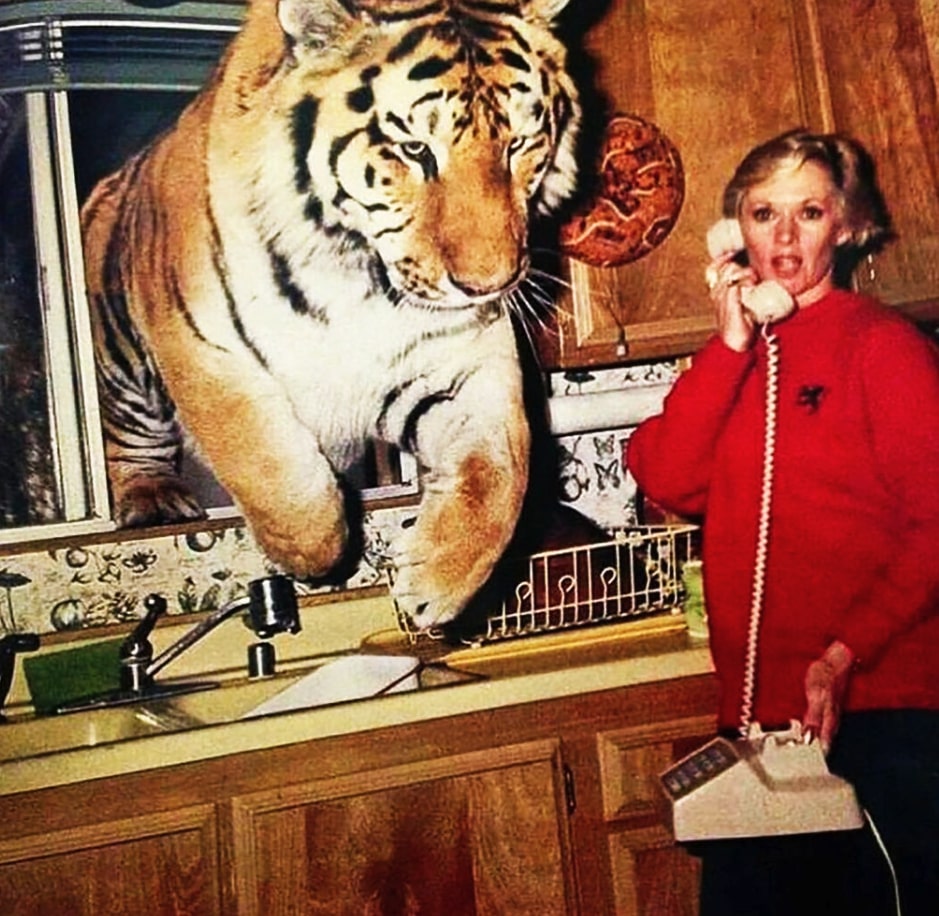It’s difficult to believe, but the lovely Tippi Hedren recently turned 93.
The Hollywood classic is best remembered for iconic appearances in films such as The Birds and Marnie; her career skyrocketed in the early 1950s and 1960s. Tippi represents intrinsic beauty, intellect, class, integrity, character, and strength; she was a total class act.
We should all treasure her life as one of the few living stars from Hollywood’s Golden Age, because she can certainly teach us a thing or two.
Sadly, she paid a hefty price for pursuing her aspirations, and her tangled connection with the great Alfred Hitchcock has gotten a lot of attention in recent years.
Tippi was found by the renowned filmmaker, who loved her right away after seeing her in a commercial for a diet drink called Sego.
Tippi was mainly a successful fashion model in the 1950s and 1960s. She had come a long way since her birth on January 19, 1930, as Nathalie Kay (her father called her Tippi) in New Ulm, Minnesota.
She enjoyed participating in fashion displays at department stores as a young blonde girl with Swedish, German, and Norwegian ancestry.
Tippi’s modeling career took off as she got older. She graced the covers of the most influential publications of the day, including Life and Glamour. Yet, as an actor, she was unknown and had little experience.
Yet, her phone rang in October 1961, and it was an agent calling on behalf of a well-known producer. Tippi continued to inquire about the producer, but no one would tell her. They eventually informed her that Alfred Hitchcock demanded a seven-year contract from the top model.
Hitchcock was said to have discovered his new Grace Kelly. Tippi knew it was wonderful to be linked with Miss Kelly, but she didn’t want to be compared to the giant.
Originally, Tippi assumed she would feature in the television series Alfred Hitchcock Presents; she felt that her lack of serious acting experience would make it impossible to obtain the best parts.
The famed filmmaker, however, had big ideas for the Minnesota blonde.
Tippi was immediately subjected to rigorous training. The green-eyed beauty had to endure many days of screen testing. Tippi was scared, yet she made the most of it by studying every phrase and doing every motion she was required to do.
Tippi went out to dinner with Mr. and Mrs. Hitchcock a few days after the testing was completed. Hitchcock started to delve in his pocket halfway through supper and handed Tippi a gold box wrapped in gift paper.
Within the box was a gold pin decorated with a seed pearl.
Tippi Hedren made her cinematic debut in The Birds, and the well-crafted horror film left an indelible effect on all those who watched it.
The special effects were groundbreaking, and the New York Times referred to it as a horror picture that should raise the hackles of the brave and put goose-pimples on the hardest skin.
Tippi’s popularity was launched by the legendary film, and the newcomer earned it after working her butt off on filming. Shooting The Birds was as horrifying as sitting in the cinema theater.
Tippi Hedren in Alfred Hitchcock's "The Birds", 1963.
Posted by Celluloid Heroes on Wednesday, 23 February 2022
Alfred Hitchcock informed Tippi he wished her to play the lead in Marnie when they were shooting The Birds. Grace Kelly had departed from the film, making way for a new leading woman. The iconic film was planned to begin production in 1963, but due to the nation’s grieving for President John F. Kennedy, production was delayed until 1964.
Marnie had mixed reviews at its first release, but its reputation has since improved, and some reviewers see it as one of the finest films ever produced. Tippi Hedren’s golden hair and the legendary Sean Connery created an ideal movie combination. Nevertheless, the psychological thriller was unquestionably ahead of its time.
Tippi and Hitchcock’s last collaboration was Marnie, and there were various reasons behind this.
Tippi, coworkers, and other witnesses claim that everything began when she filmed The Birds. During the shooting, Alfred Hitchcock served as her drama coach, but he didn’t stop there.
He was excessively possessive and too demanding. Nobody has the power to possess her, but that’s her own problem, the actress commented in 1973.
At the time, Hitchcock was a great and well-known director, but Hedren was just a young actress “with little clout.” Tippi claims that she had to be exceptionally strong to fend off Mr. Hitchcock, who once attacked her after she refused to sleep with him.
It was difficult for her to speak out because of the culture and age.
When author Donald Spoto wrote the book The Dark Side of Genius in 1983, additional ugly information came to light. According to Donald Spoto, Hitchcock employed two members of his team to follow Tippi around.
The director, according to the book, also wished to decide what Tippi should eat, who she should see, and how she should spend her life. No one in the cast or crew was permitted to speak to her.
Things worsened throughout the production of Marnie.
The Dark Side of Genius was a highly debated book at the time. Close associates of Alfred Hitchcock stepped forward to protect him, saying they didn’t recognize the guy described in the book.
Tippi, on the other hand, has held firm, and she now believes that the director damaged her career. She’s made the same charges for decades, and when she published her memoirs, she wrote about it to safeguard other women.
She explained that she intended to let women, particularly young ladies, know never to tolerate that sort of behavior and to be aggressive in telling them one is not interested in having that kind of a relationship. Saying no isn’t a terrible thing.
At the same time, Tippi has been eager to provide a more comprehensive portrait of the great filmmaker with whom she has collaborated for many years.
During the Hitchcock years, the incomparably cold and graceful movie diva had some professional obstacles. She had to re-establish her own profession and opted to devote a significant amount of time to animal welfare problems. Her modeling career and the harsh treatment she received in Hollywood served as stepping stones to what she would undertake later in life.
Tippi and her talent agent husband, Noel Marshall, produced the film Roar in 1981. The project was meant to take nine months, but ultimately it took five years and cost $17 million.
The film included dozens of African lions, as well as Marshall, Tippi, and Melanie Griffith. In the closing credits, there was a call to the audience to protest fur merchants and wearers.
During the filming, lions attacked Noel Marshall, Melanie Griffith, and Jan de Bont, the director of photography. As a result, Roar has earned the moniker the most hazardous film ever filmed. Some report that 40 individuals were harmed; however, Tippi claims that just seven were.
Tippi has been an animal rights activist since the 1980s. She started Shambala Preserve in 1983. It is a wildlife preserve 40 miles north of Los Angeles. Since 1976, the 93-year-old actress has resided on the property.
Tippi’s most recent acting role was in The Ghost and the Whale, an American mystery thriller drama film released in 2017. One year later, the actress announced that she would no longer take on substantial roles as she approached her 90th birthday.
Such a powerful, intriguing, and clever lady!
Tippi’s ordeal was unpleasant and unjust, yet she persevered and seems to be a beautiful, compassionate lady.


